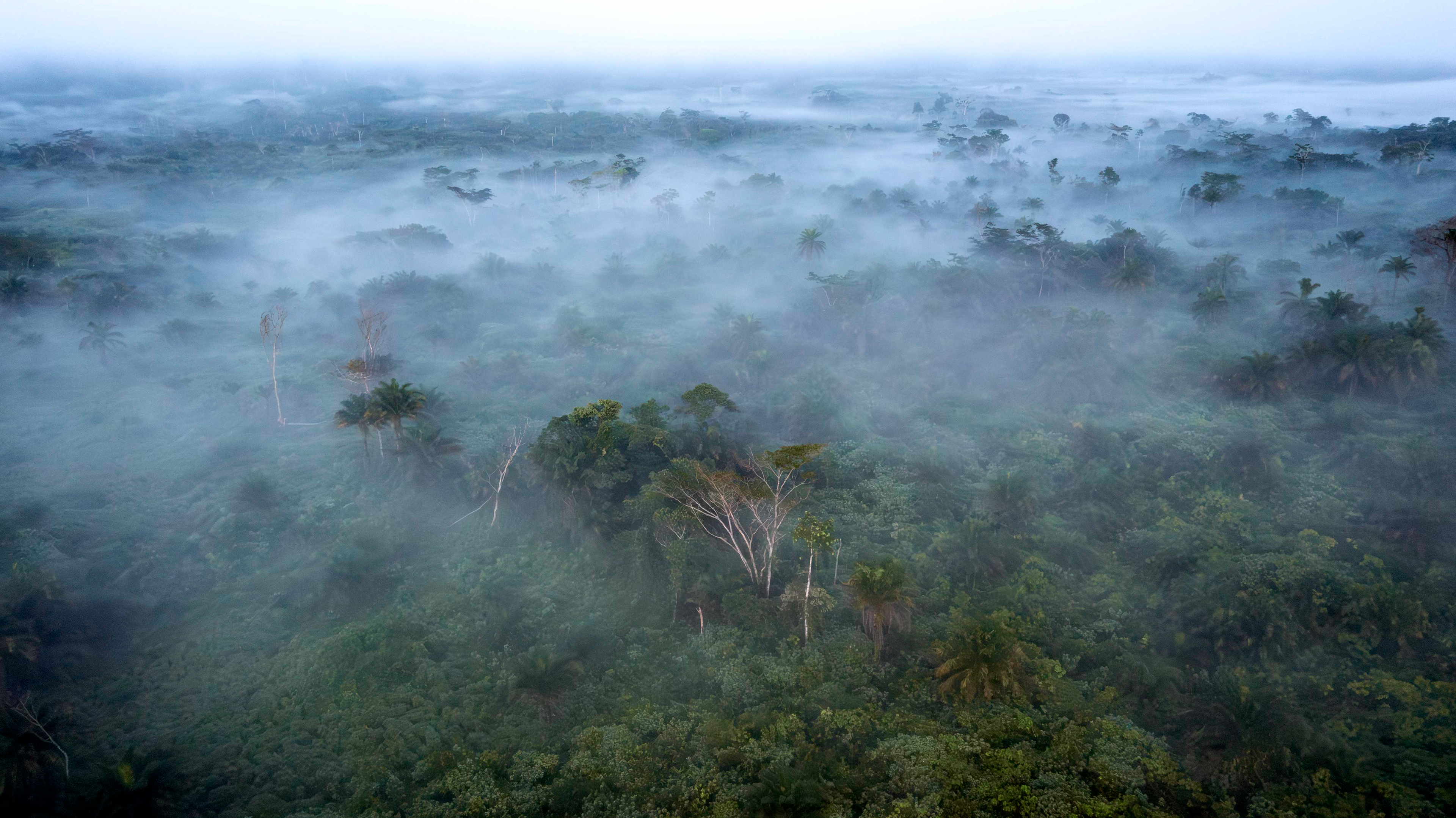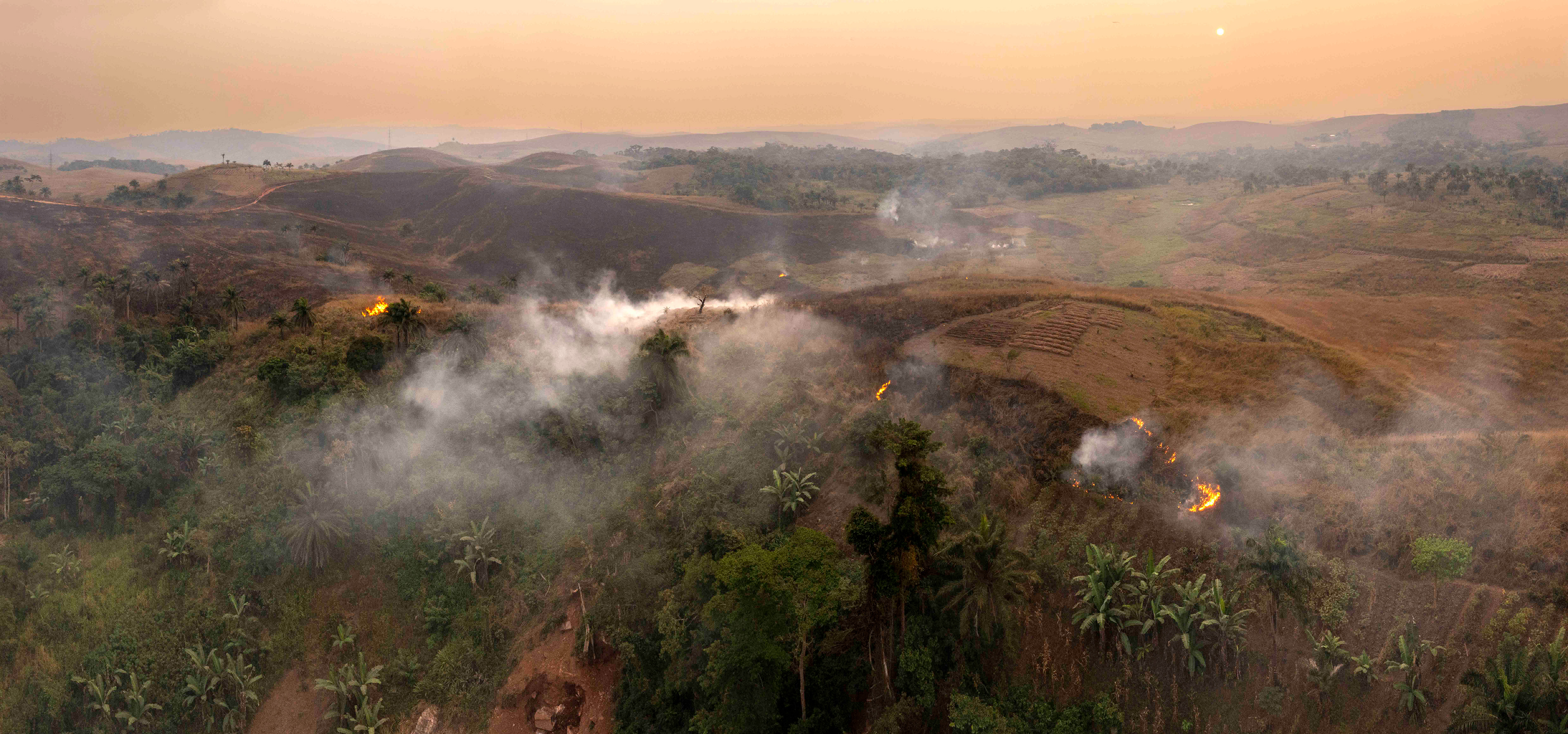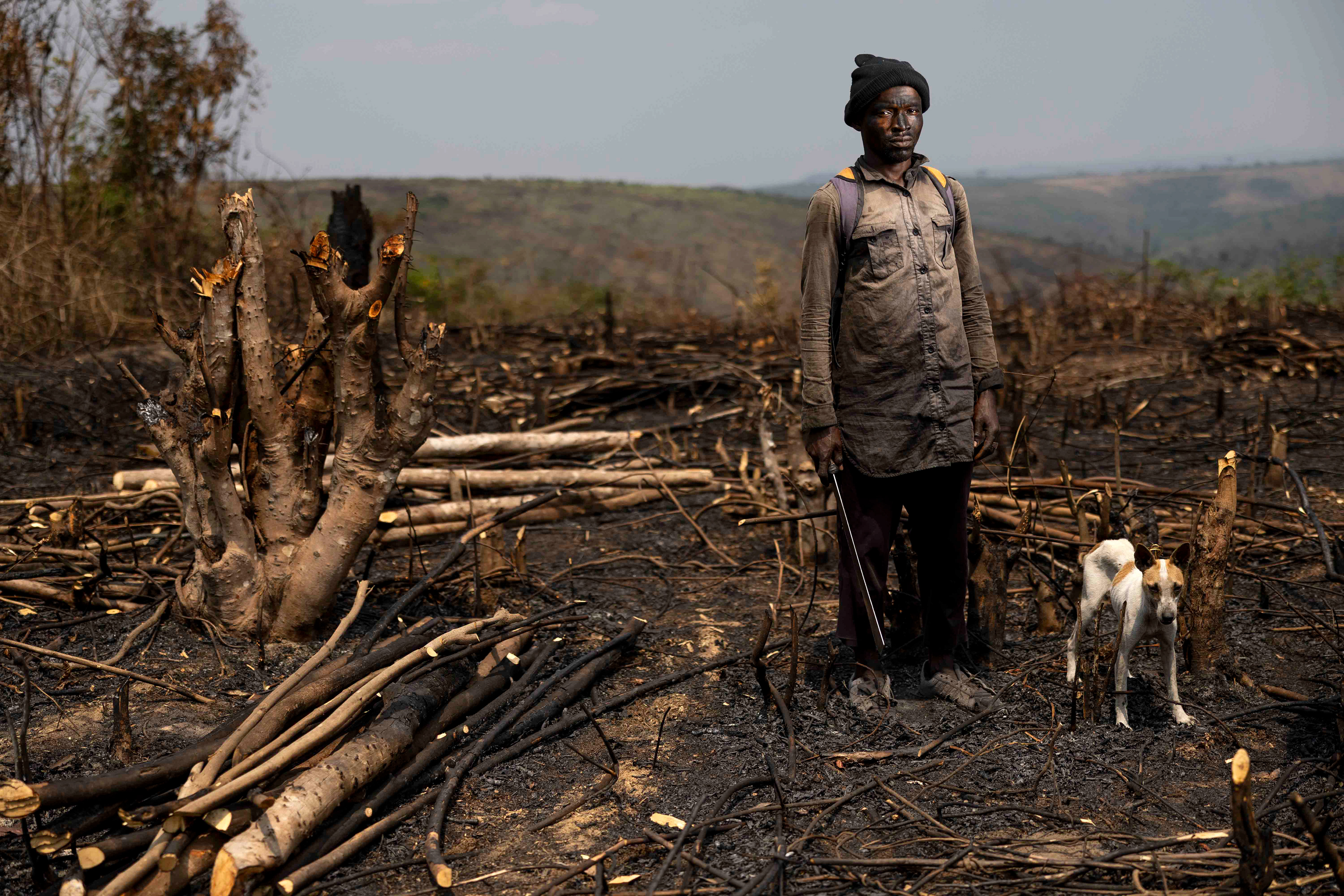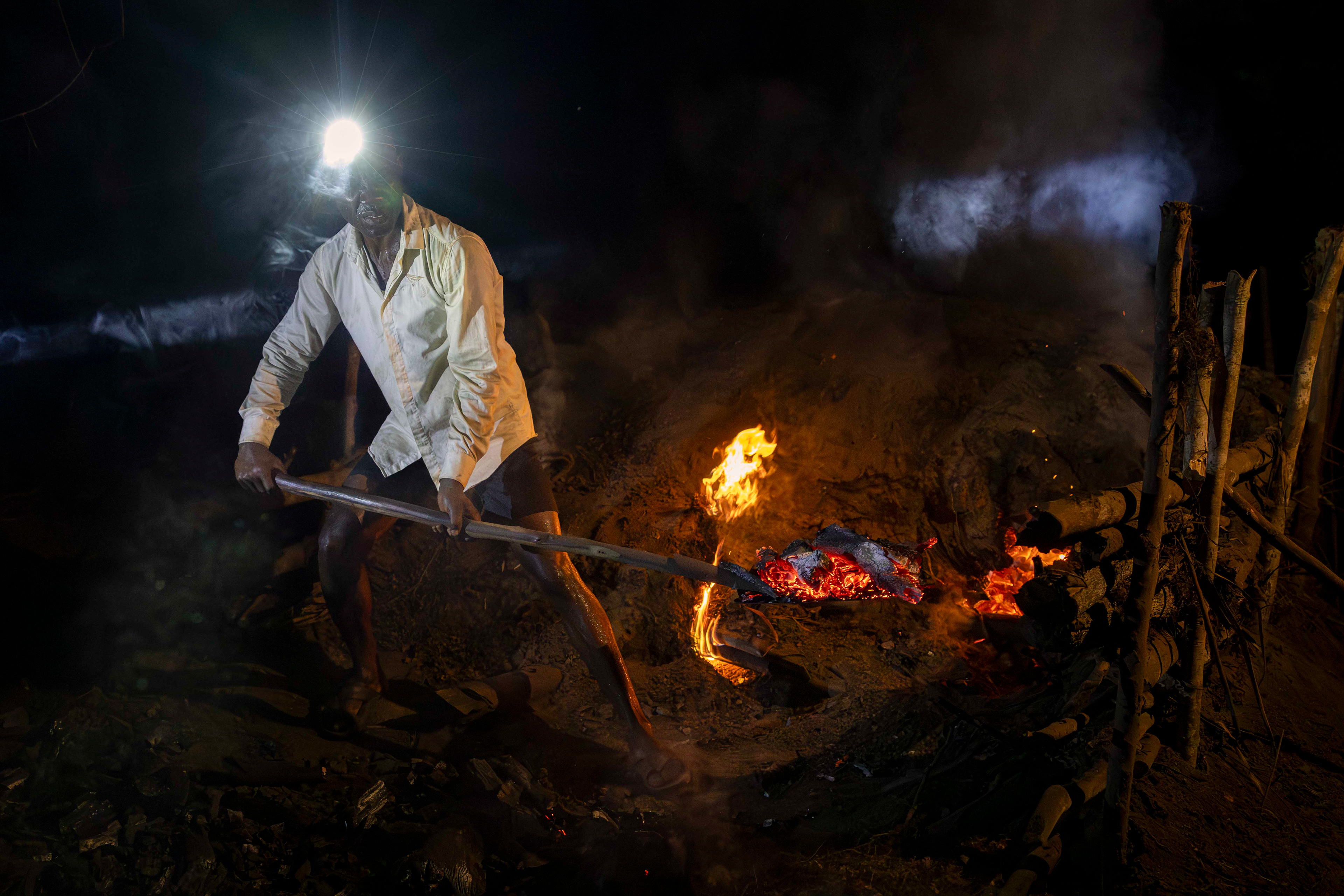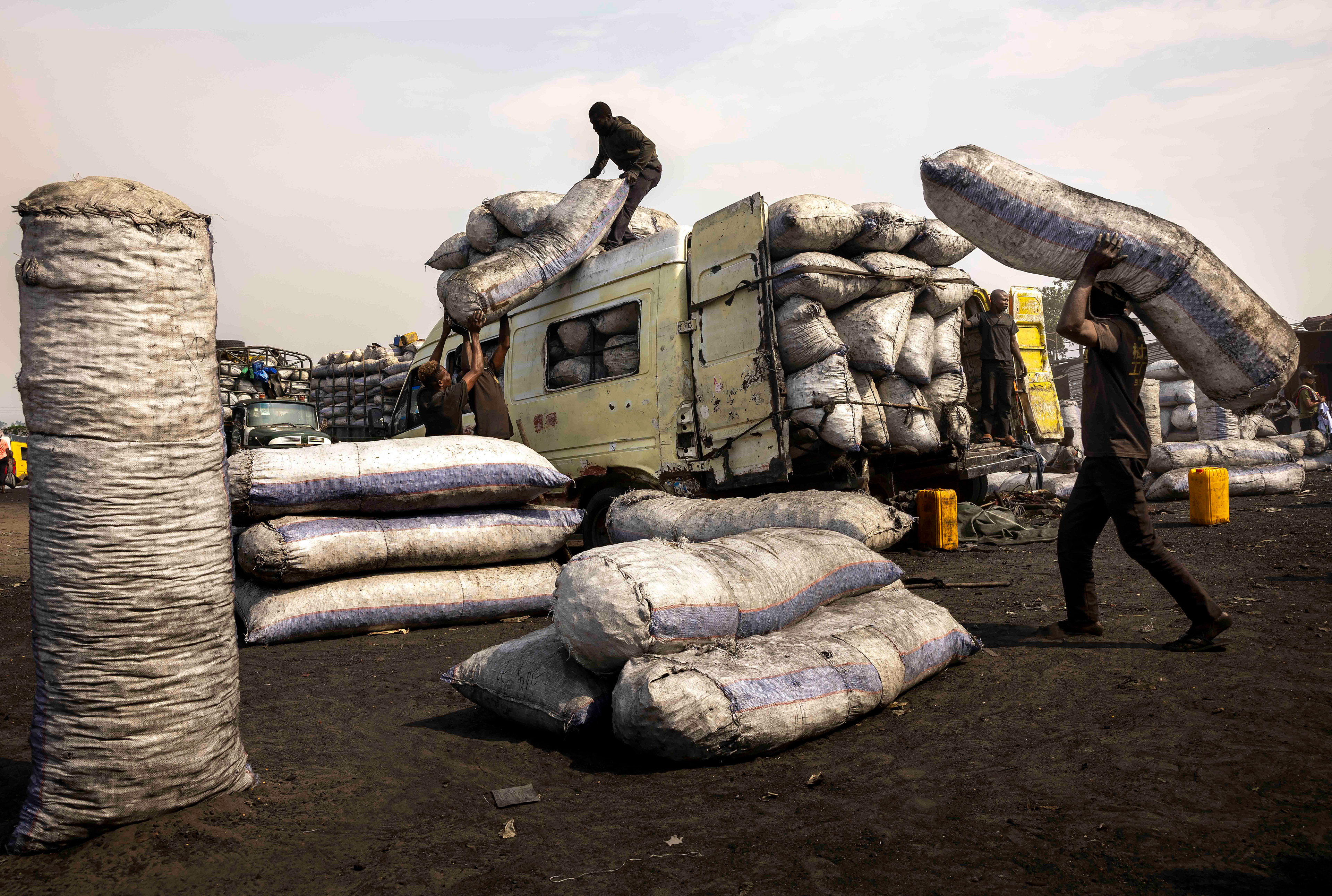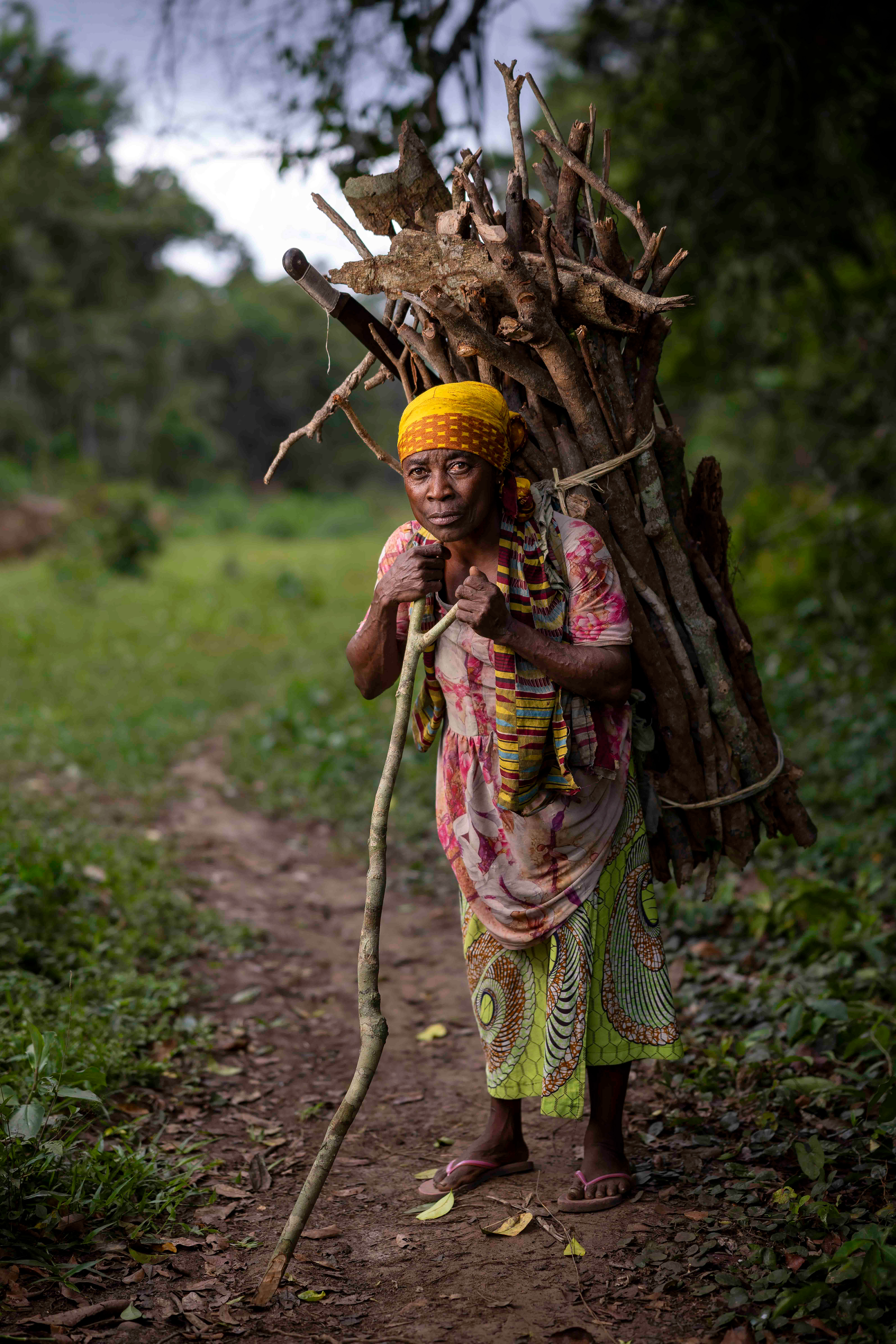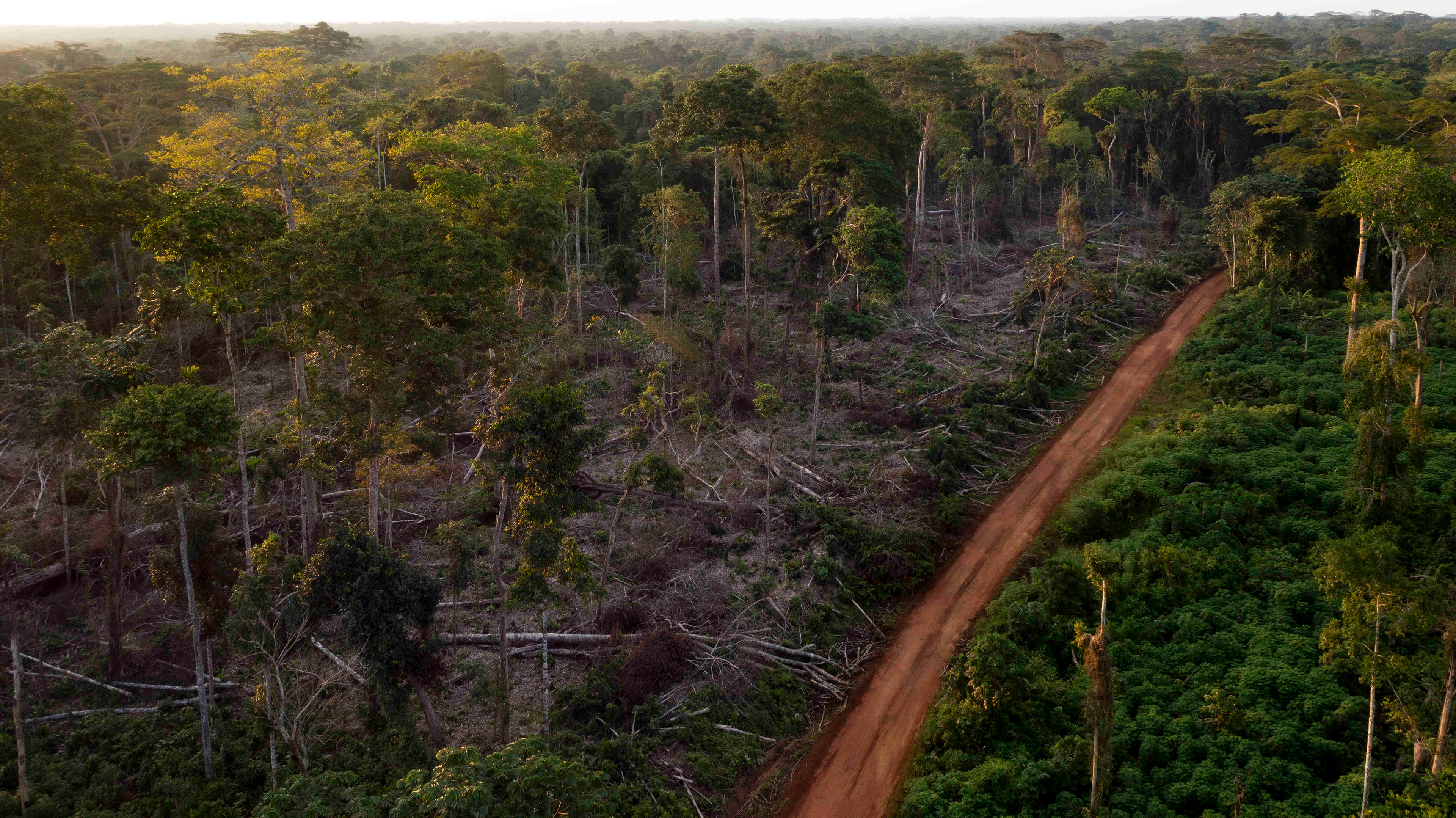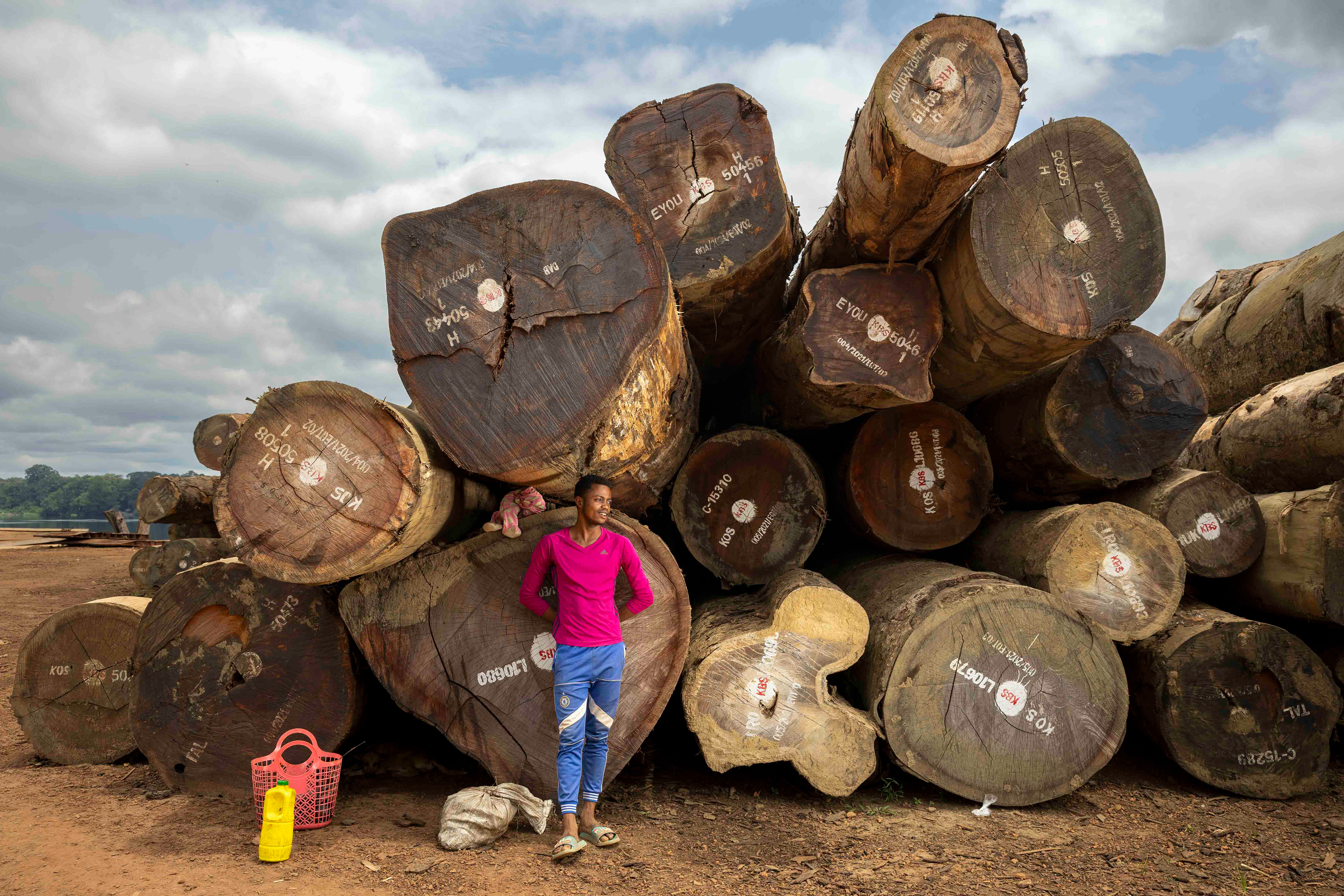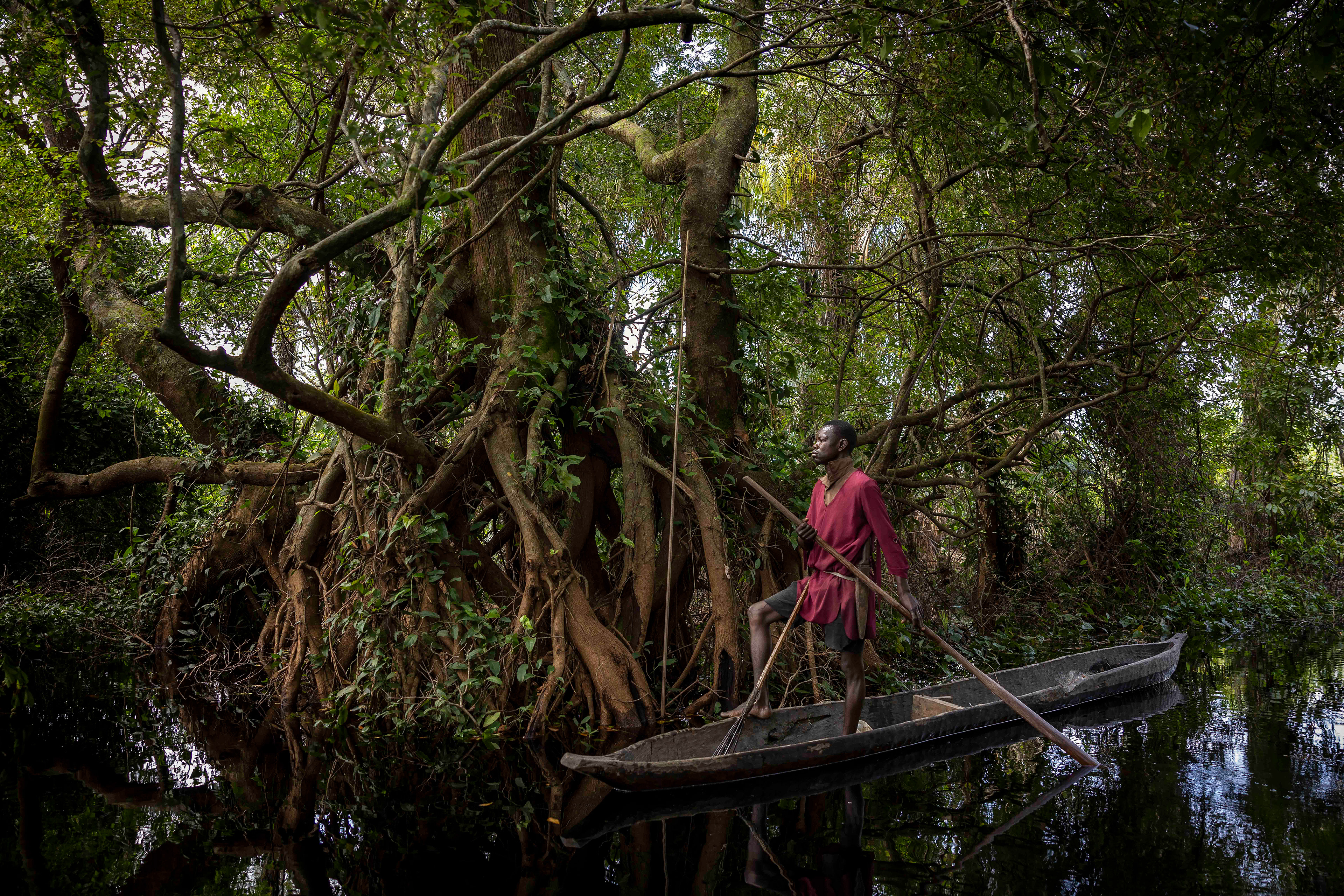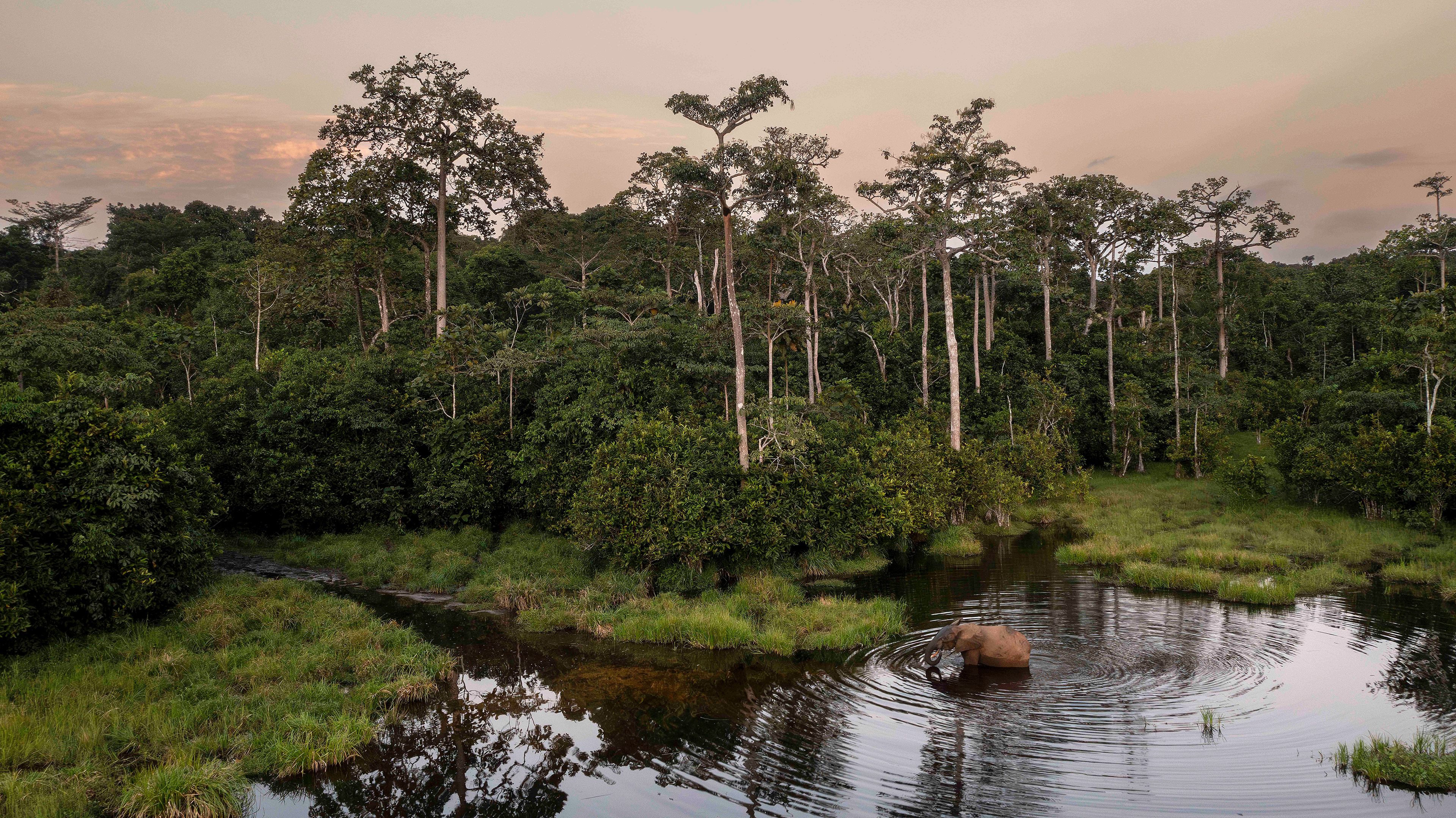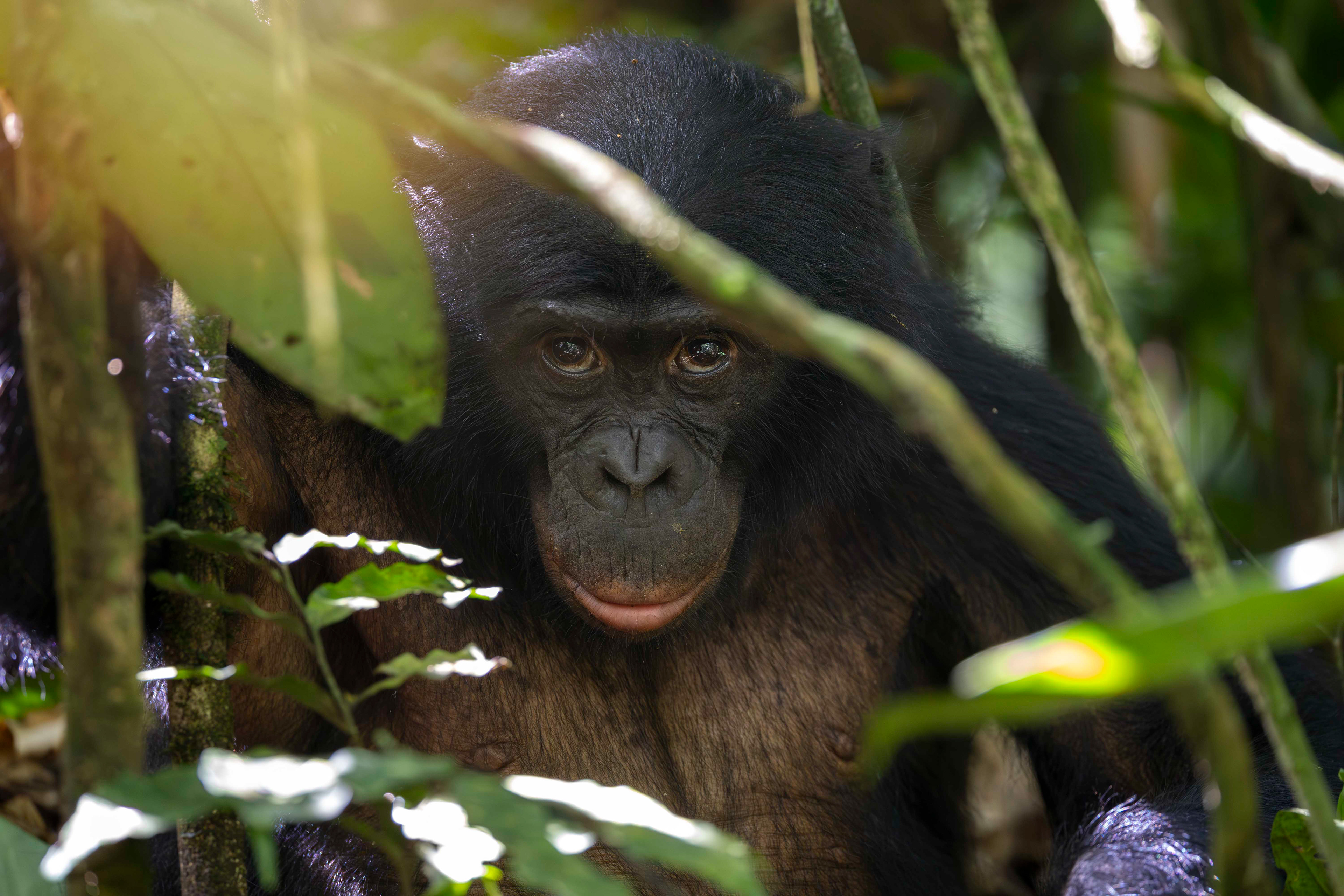THE CONGO FOREST, LAST GREEN LUNG OF THE PLANET
The Congo forest is today the largest carbon sink in the world. This vast Central African jungle ranks first in terms of CO2 capture, with 600 million tonnes absorbed every year, compared to 100 million for the Amazon rainforest. 200 million inhabitants live in this area of 3 million km2 that extends over six countries: Cameroon, Gabon, Central African Republic, Equatorial Guinea, Republic of Congo and the Democratic Republic of Congo (DRC).
The population is expected to double by 2050. This strong demographic growth requires space for crops, traditionally carried out on slash and burn, causing in turn a growing demand for charcoal. This, in turn, leads to more poaching and facilitates the penetration of logging. But this is not the only threat. In July 2022, the government of the DRC, where 60% of the Congolese forest is located, announced the auction of 27 concessions for the exploitation of oil, covering a total surface of 112,000 km2 and overlapping several protected areas, including some of the largest peatlands in the world. This sequesters large amounts
of carbon (30 billion tons are believed to lie in this wet ecosystem, equivalent to three years of global emissions from fossil fuels). Degrading these areas means releasing these carbon stocks and creating a climatic cataclysm.
The population is expected to double by 2050. This strong demographic growth requires space for crops, traditionally carried out on slash and burn, causing in turn a growing demand for charcoal. This, in turn, leads to more poaching and facilitates the penetration of logging. But this is not the only threat. In July 2022, the government of the DRC, where 60% of the Congolese forest is located, announced the auction of 27 concessions for the exploitation of oil, covering a total surface of 112,000 km2 and overlapping several protected areas, including some of the largest peatlands in the world. This sequesters large amounts
of carbon (30 billion tons are believed to lie in this wet ecosystem, equivalent to three years of global emissions from fossil fuels). Degrading these areas means releasing these carbon stocks and creating a climatic cataclysm.
